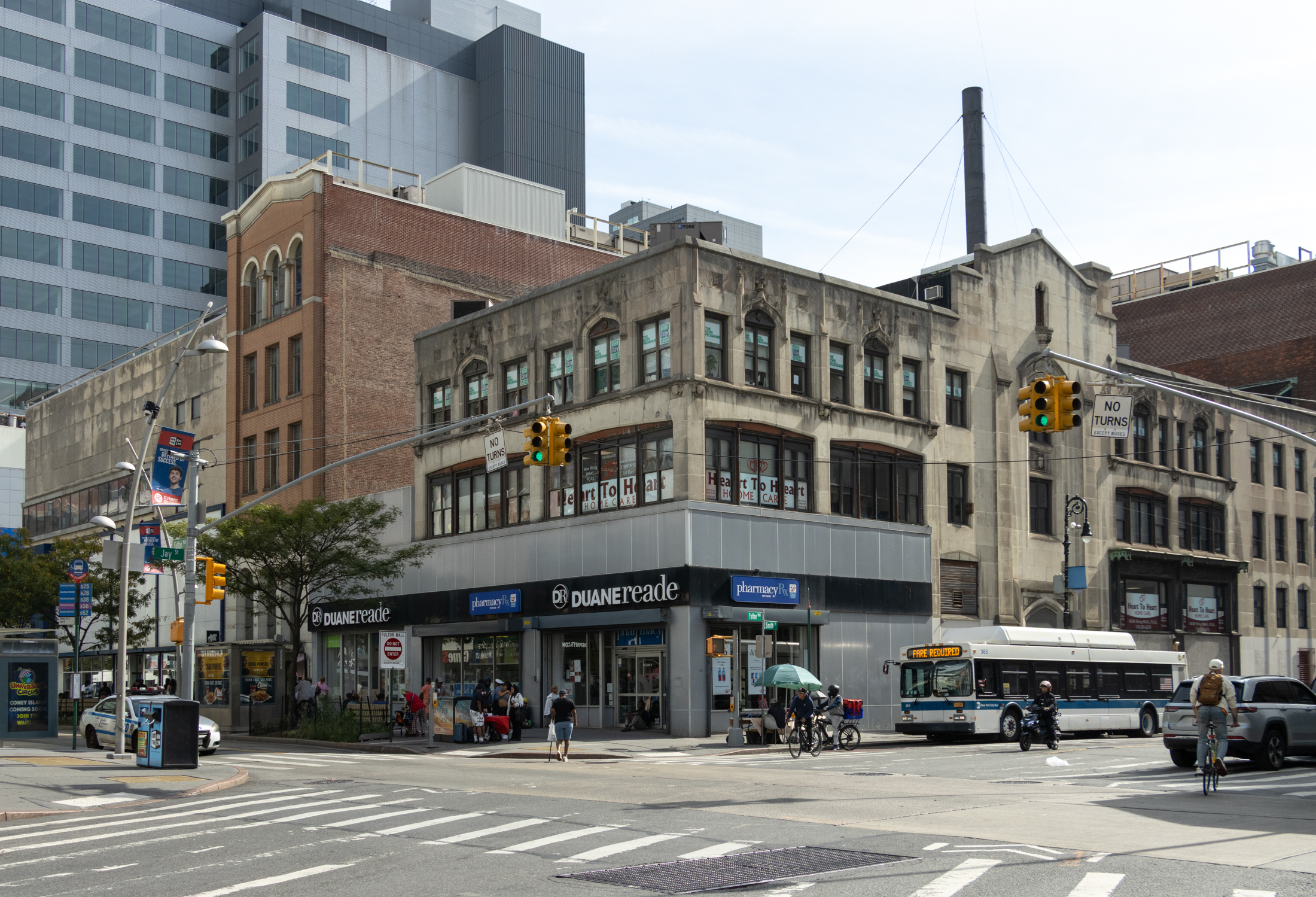
"The popular American concert gardens of the post-Civil War years owe their creation to the German beer garden and the English music hall. The music hall influence comes a bit later in our story. But first, Germany's civil war between the different city-states was the impetus for thousands of Germans leaving and settling in the United States beginning in 1848. These immigrants came from every stratum of German society, and included manufacturers, merchants, and professional people."
"Americans were used to brewing and drinking dark British-style ales and stouts. Making ale involves fermentation that takes place at the top of the barrel. German lager ferments on the bottom of the barrel and needs to be stored in a cool dark place during fermentation. The result is a lighter golden beer with a very different taste. Many different breweries were established in Brooklyn over the next half century, and some, like Ulmer's, Trommer's, and Liebmann Sons (Rheingold) became household names."
Mass emigration from German city-states beginning in 1848 brought manufacturers, merchants, and professionals to American urban centers, especially Manhattan's east side and Brooklyn's Eastern District. German immigrants established industries, cultural institutions, and food traditions including gymnasiums, kindergartens, delicatessens, breweries, and lager beer. Lager brewing differed from British ales by fermenting at the bottom of the barrel and requiring cool storage, producing a lighter golden beer. Large breweries in Brooklyn, such as Ulmer's, Trommer's, and Liebmann Sons, became well-known. Breweries created beer gardens: walled, landscaped outdoor parks with seating, food, bands, and stages, making outdoor entertainment centered on food and beer extremely popular.
Read at Brownstoner
Unable to calculate read time
Collection
[
|
...
]